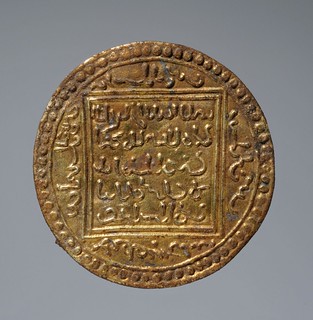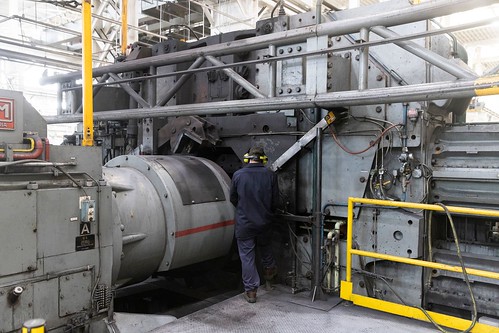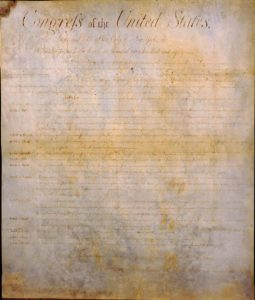
PREV ARTICLE
NEXT ARTICLE
FULL ISSUE
PREV FULL ISSUE
LOOSE CHANGE: MARCH 19, 2023Here are some additional items in the media this week that may be of interest. -Editor Arthur Shippee passed along this Artnet story of a Byzantine coin find in Germany. -Editor
The team has dated the two earrings, surprisingly well-preserved, to around 1100 due to their apparent Byzantine style and craftsmanship. One of the brooches is also an imitation of an Islamic gold dinar, dating it to the Almohad caliphate between the 12th and 13th centuries. The 30 coins are linked to the reign of Valdemar II, the Danish king who ruled from 1170 to 1241. Fragments of fabric found with the coins suggest that they were once buried in a bag.
To read the complete article, see:
Collectors appreciate history and tradition. Here's a story about something round and made of metal, but much bigger than coins or medals. Watervliet Arsenal has made big guns for every U.S. conflict since the Spanish-American War. Russia has made it relevant again, as described in this Wall Street Journal article. -Editor On a military base more than two centuries old, the Army is hammering out its cannon of the future. The Watervliet Arsenal opened during the War of 1812 and one building dates to 1828. Yet inside an aging production hall, new digital machine tools that resemble science-fiction space pods are churning out components for Abrams tanks, a weapon pledged for fighting in Ukraine. In another hall, an automated forge pounds red-hot metal cylinders into 20-foot gun barrels for America's next howitzers, which will lob shells more than 40 miles. Fighting in Ukraine has renewed attention to land systems that Watervliet helps produce and repair, which until recently were dismissed by some military strategists as relics because they are used by traditional infantry. Tacom, the Army's in-house production, maintenance and logistics operation for ground equipment like artillery, is unusual because it carries out manufacturing. The Pentagon and Congress decided decades ago that to ensure supplies of essential materiel like big guns and their ammunition, some production and upkeep will remain in public hands. Col. Fisher's arrival was marked by a unique tradition: a ceremony to hand off the stamp with which the base commander's initials imprint every barrel.
To read the complete article (subscription required), see:
This one is non-numismatic as well, but of interest to history buffs and collectors in general. It's about Robert K. Wittman recovered an estimated $300 million worth of stolen artworks and historical relics, including an original copy of the Bill of Rights. Thanks to Heath White for passing this along. -Editor
Tracking down stolen historical treasures and busting those who traffic in them requires a special touch, as Wittman describes in his 2010 book Priceless. His story proves that he was a natural for the job. In the 1990s, Wittman handled numerous investigations involving everything from combat-worn uniforms and presentation weapons to personal correspondence from Union and Confederate soldiers. In each instance, the evidence led to swindlers, thieves, and unscrupulous collectors who were motivated by greed rather than a love of history.
To read the complete article, see:
But there is a numismatic connection... -Editor Heath adds: "The company hired by the ANA to research and recover its stolen coins was the consulting company started by Robert Wittman after he left the FBI. I would say this is ironic, but the more I research different fields of collectibles the more I find they are very similar in many ways." Wayne Homren, Editor The Numismatic Bibliomania Society is a non-profit organization promoting numismatic literature. See our web site at coinbooks.org. To submit items for publication in The E-Sylum, write to the Editor at this address: whomren@gmail.com To subscribe go to: https://my.binhost.com/lists/listinfo/esylum All Rights Reserved. NBS Home Page Contact the NBS webmaster 
|


